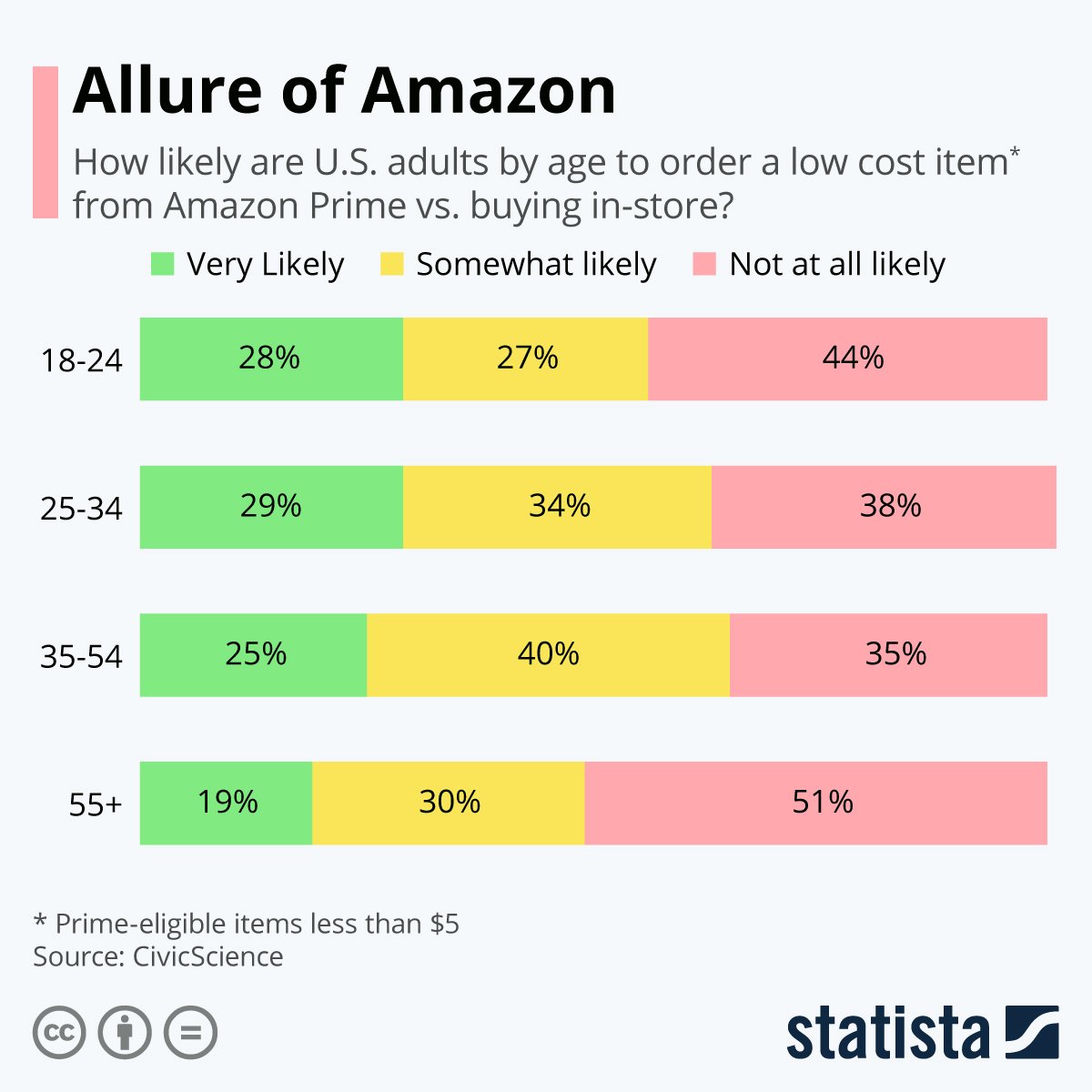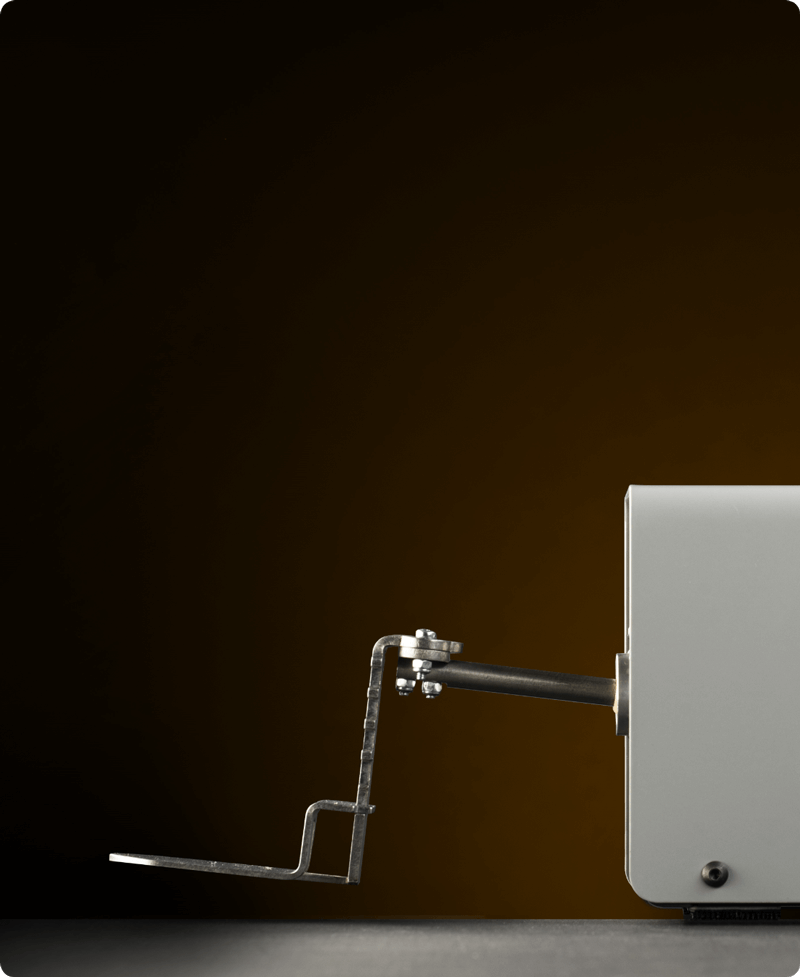Over the last year, eCommerce registered record growth and it doesn’t show any signs of slowing down. Some people find it easier to shop online, as it allows them to save time. Not only that, but they can buy the things they want or need from the comfort of their own homes.
In this situation, we’re not surprised to see some fear around a supposed ‘slow death’ of brick-and-mortar retail.
The traditional type of retail still has a lot of supporters, and physical stores aren’t going anywhere. They’re just changing, and we found research-based evidence to support this.
It looks like brick-and-mortar retail is here to stay and if it prepares for the future properly, it can even register a significant growth. After all, several retail categories are basically immune to the competition coming from online shopping.

Source: https://www.statista.com/chart/20368/amazon-buying-prime-low-cost/
Therefore, the question we’re trying to answer is: how can physical stores prepare for the future?
Let’s find out together.
1. Aim for operational excellence
We just can’t stress enough how lucky we are to live in an era in which artificial intelligence (and retail technology in general) can help us tackle some age-old in-store shopping problems.
First of all, we can all agree that for the past decades, the industry has been struggling to deal with merchandising and out-of-stock execution. Progress has been made but this problem is far from being solved.
But things are rapidly changing, thanks to AI.
Streaming video data and computer vision can provide real-time updates on stocks, as well as shelf, display, pricing, and promotional execution, thus improving the operational process and in-store marketing. And this simply helps you make sure that your business can run flawlessly.
2. Focus on your target market
When considering the future of retail, it’s important to take millennials into consideration, as it’s estimated that they will shortly have the most spending power of any generation.
"When considering the future of retail, it’s important to take millennials into consideration, as it’s estimated that they will shortly have the most spending power of any generation."
CLICK TO TWEET
Just think about it, they are the first digital natives, they spend a lot of time on online activities and are way more connected than the previous generation. Also, they are those who pay attention to waiting time at checkouts, item availability, as well as the return and exchange process.
If you, as a retailer, are handling these problems well, you’re close to winning them over.
This generation is generally well informed, so what can really grab their attention is having engaging in-store experiences. Take a look at one of our recent campaigns to have better feel for what we aim to explain.
Combine innovative technology with immersive and personalized moments and you’re on the right path.
3. Offer enriched experiences
We keep mentioning that you should offer a great experience for any customer. But this doesn’t mean just offering information and having a friendly attitude.
We’re in 2020 and it’s time for retail technology to take over. Whether we’re talking about a legacy POS system, an advanced website or even retail marketing hardware, technology is here to help you.
Some of the biggest retailers in the world, like Unilever and Johnson&Johnson, for example, are integrating robots into supermarkets. Large brands are experimenting with video cameras, camera-enabled electronic shelf labels, as well as a combination of light, sound and motion technology, like Tokinomo that increases sales by an average of 200%.
Conclusion
These are just a few examples of how technology positively impacts retail, resulting in stellar customer experiences, but also empowering front lines and helping shape up the future of brick-and-mortar retail.
It’s easy to see that retail is going through significant change. The future of brick-and-mortar stores may still hold a few surprises as the ‘online revolution isn’t going anywhere, while the shift in buying behavior is inevitable.
However, storefronts won’t disappear. And the increasing adoption rate of retail tech is just one of the main reasons why.




